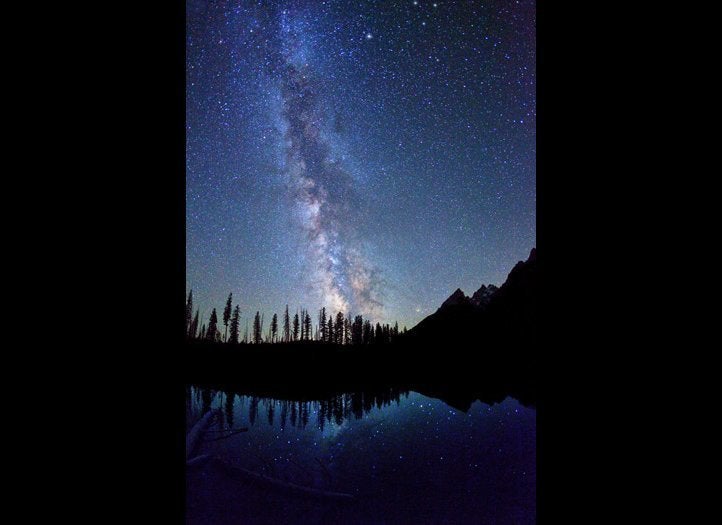People often talk about two worlds colliding, but what about two galaxies? It turns out that scientists now know what happens when a large galaxy crashes into a smaller one.
According to a new study of more than 20,000 merging galaxies, the larger galaxy starts producing stars faster when it merges with a smaller galaxy, while the smaller galaxy ends up slowing star production. Stellar!
Scientists aren't quite sure why this happens, though it may have to do with large galaxies' ability to strip away gas -- which is fuel for star formation -- from its puny companions. Just check out the video above, describing the study.
“When two galaxies of similar mass collide, they both increase their stellar birth rate," the study's lead author Dr. Luke Davies, an astrophysicist at The University of Western Australia node of the International Centre for Radio Astronomy Research (ICRAR), said in a written statement. "However when one galaxy significantly outweighs the other, we have found that star formation rates are affected for both, just in different ways... Investigating such cosmic collisions lets us better understand how galaxies grow and evolve."
Our galaxy -- the Milky Way -- might experience a merger first-hand as it's on a collision course with its hefty neighbor, the Andromeda galaxy. According to Davies, Andromeda is moving toward us at more than 200,000 miles per hour.
But don't worry, that collision is a few billion years away. For now, this new research may help us to better understand star formation in other galaxies near, and far.
The study was published online in the Monthly Notices of the Royal Astronomical Society on July 8, 2015.
Also on HuffPost

